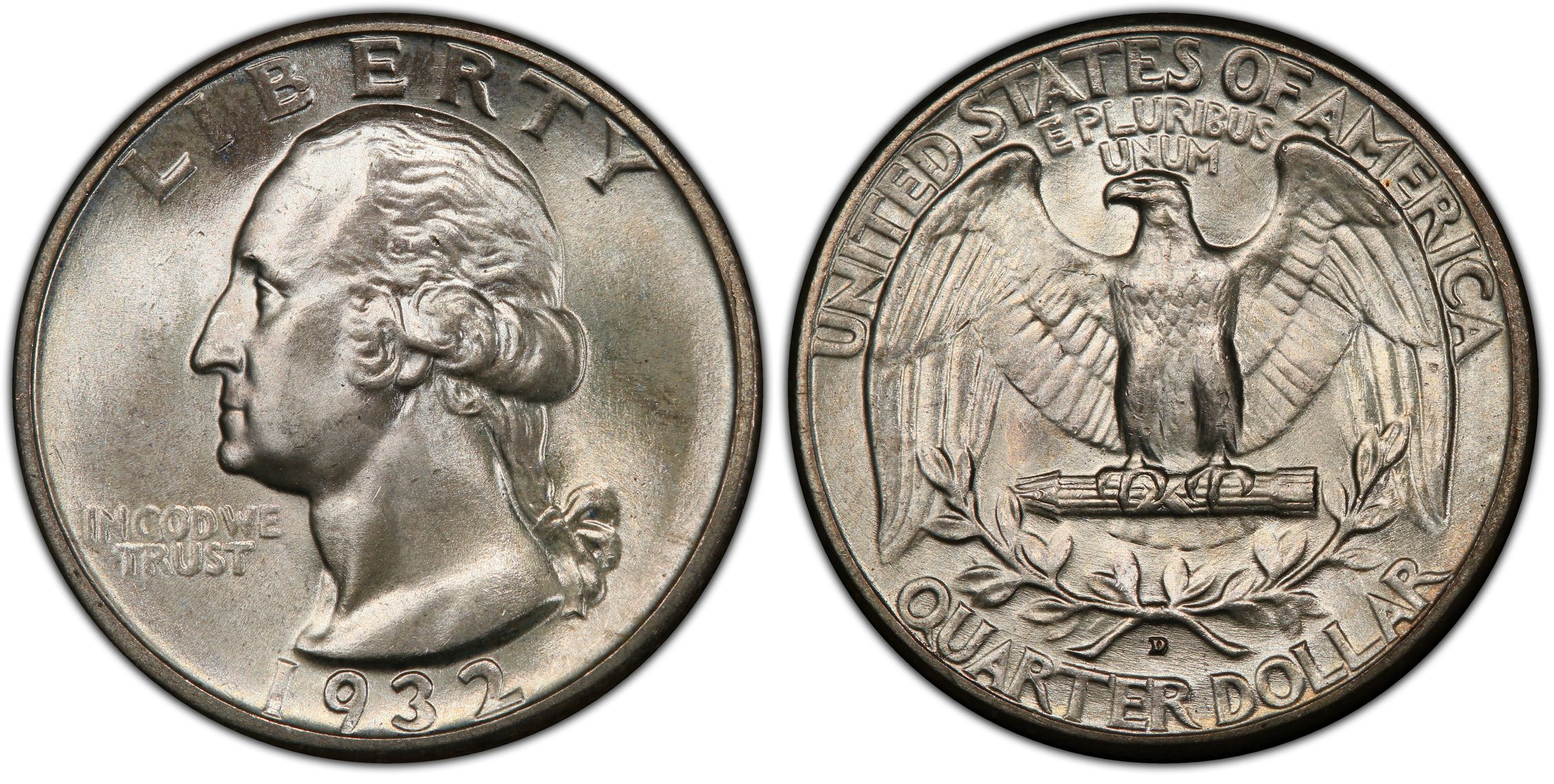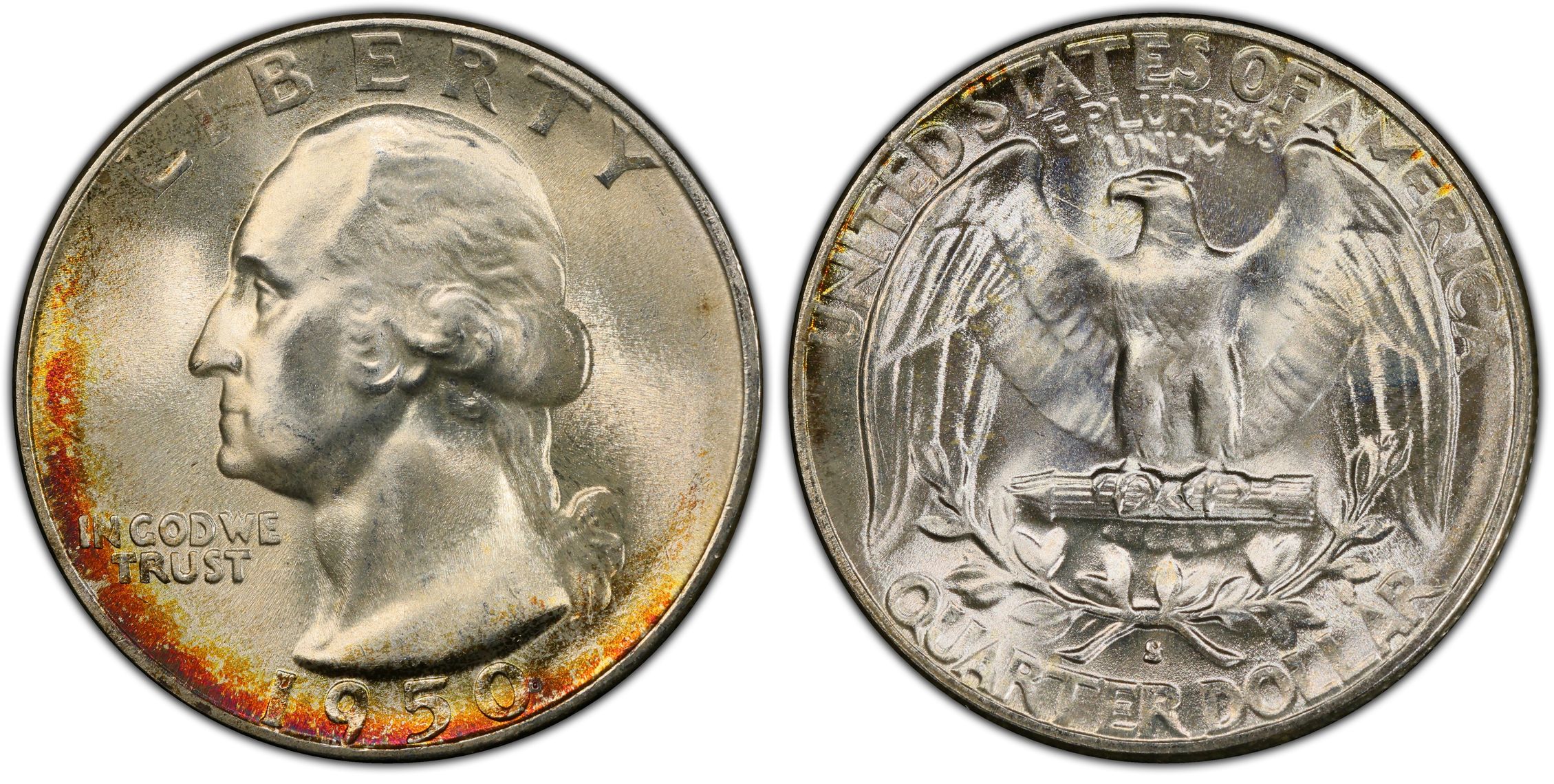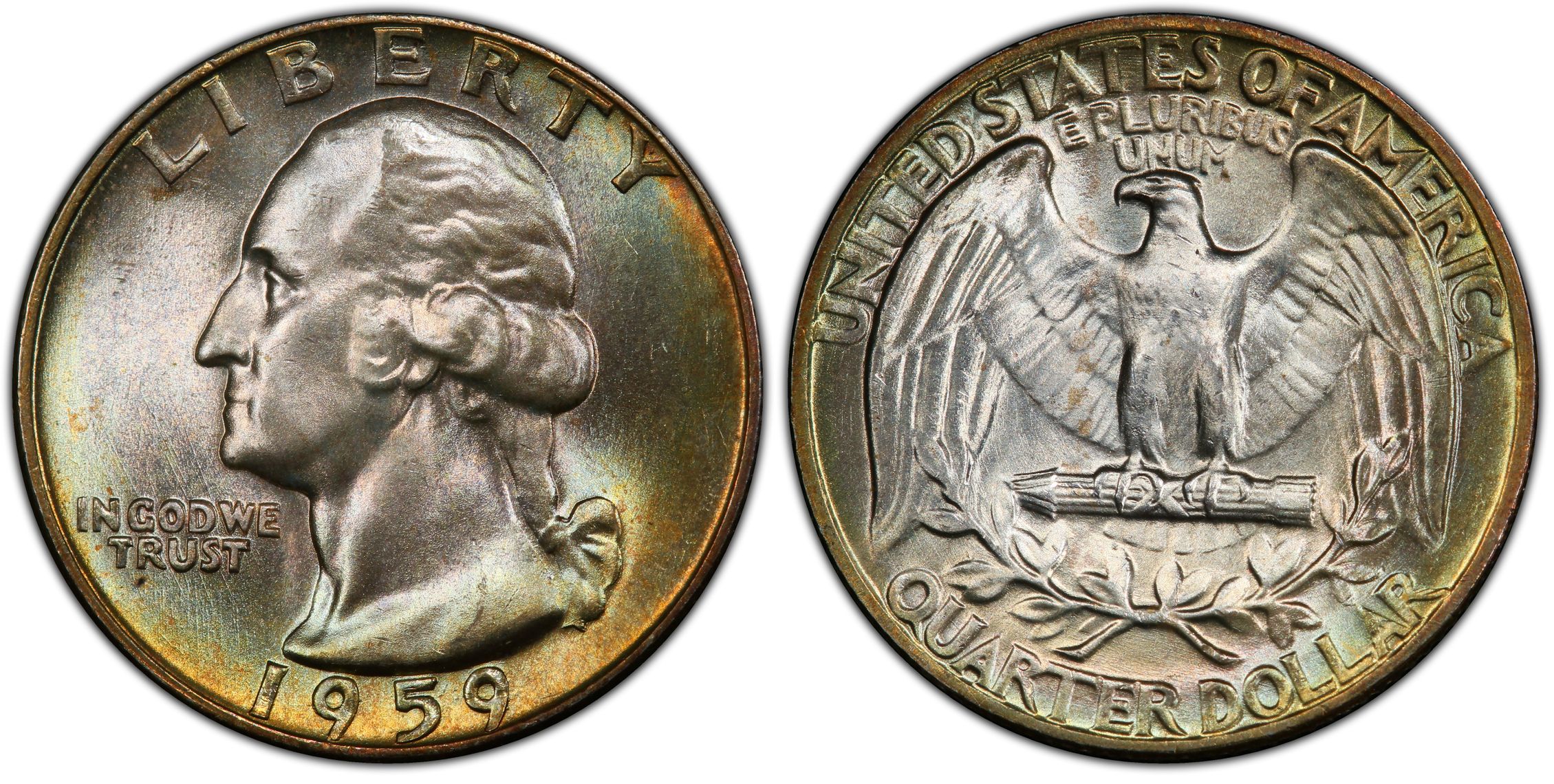
Discovering Quarters Worth Money in Your Collection
Identifying quarters worth money can turn ordinary pocket change into valuable treasures. Washington quarters, minted since 1932, include numerous rare dates, mint marks, and error varieties that collectors eagerly seek. The key to finding valuable quarters lies in understanding which dates, conditions, and mint marks make certain coins worth hundreds or even thousands of dollars. From the legendary 1932-D quarter valued at over $143,000 to lesser-known varieties from the 1940s-1960s, quarters worth money offer exciting opportunities for both novice and experienced collectors. This comprehensive guide reveals the top 100 most valuable Washington quarters, helping you identify which coins in your collection deserve a closer look and professional evaluation.
Top 100 Most Valuable Washington Quarters
Complete ranking of quarters worth money based on auction records and current market values
| Rank | Name | Price |
|---|

Check Your Quarter Values with CoinValueChecker
Wondering if your quarters are valuable? The CoinValueChecker app makes identifying quarters worth money simple and accurate. Just snap a photo of your quarter, and our advanced AI technology instantly identifies the date, mint mark, grade, and current market value. Whether you're sorting through pocket change, evaluating an inherited collection, or hunting for valuable coins, CoinValueChecker provides expert valuations in seconds. Stop guessing and start discovering the true value of your quarters. Download CoinValueChecker today and unlock the hidden treasures in your coin collection!
The Complete History of Washington Quarters
Washington Quarter Introduction (1932)
The Washington quarter debuted in 1932 to commemorate George Washington's 200th birthday. Designed by John Flanagan, it replaced the Standing Liberty quarter. The inaugural year saw limited production with only three mints operating: Philadelphia (no mint mark), Denver (D), and San Francisco (S). The 1932-D and 1932-S quarters had extremely low mintages, making them among the most valuable quarters worth money today, with the 1932-D commanding prices over $143,000 in top condition.
Depression Era Quarters (1933-1939)
During the Great Depression, quarter production varied dramatically based on economic conditions. No quarters were minted in 1933 due to existing coin surpluses. Production resumed in 1934 with the Philadelphia and Denver mints, with San Francisco rejoining in 1935. These quarters contained 90% silver and 10% copper, weighing 6.25 grams. Low mintages during this period created several key dates that are highly valuable today, particularly from the San Francisco mint.
World War II Quarters (1940-1945)
Quarter production continued throughout World War II without composition changes, unlike other denominations. All three mints operated during these years, producing silver quarters for commerce and military needs. Mintages increased to support wartime economy, but certain dates and mint marks remain scarce in high grades. Quarters from this era in uncirculated condition command significant premiums, with some proof specimens being particularly valuable among collectors of quarters worth money.
Post-War Silver Quarters (1946-1964)
The post-war period saw consistent quarter production from all three mints. These quarters maintained the 90% silver composition through 1964. Key dates include low-mintage issues like 1949-D and various proof specimens. The San Francisco mint ceased regular quarter production after 1954 but continued making proofs. Rising silver prices in the early 1960s led to hoarding of silver quarters, prompting the composition change in 1965. All quarters from this period have silver value.
Transition to Clad Quarters (1965-1974)
In 1965, the U.S. Mint changed quarter composition to copper-nickel clad to combat silver hoarding and rising precious metal costs. The new quarters featured a pure copper core bonded with 75% copper, 25% nickel outer layers. No mint marks appeared from 1965-1967 to prevent hoarding of first-year clad issues. Production increased dramatically at Philadelphia and Denver. While most are common, certain errors and high-grade examples from this period are quarters worth money to specialists.

Bicentennial Quarters (1975-1976)
The United States Bicentennial celebration inspired special quarter designs featuring a colonial drummer on the reverse. All quarters dated 1975 and 1976 bear the dual date "1776-1976." Jack L. Ahr designed the commemorative reverse. Regular clad versions circulated widely, while special silver-clad versions were struck for collectors. Proof and uncirculated sets were produced at San Francisco. Certain error varieties, particularly doubled dies, make some Bicentennial quarters worth money beyond their commemorative appeal.
Modern Washington Quarters (1977-1998)
Following the Bicentennial, the original Washington design returned with continued clad composition. The Philadelphia and Denver mints produced billions for circulation, while San Francisco struck proofs. Proof coins from this era, especially those with Deep Cameo (DCAM) finishes, are valuable. Notable varieties include doubled dies, off-center strikes, and other mint errors. The 1983-P quarter is scarce in top grades. This period ended with preparations for the revolutionary State Quarters program beginning in 1999.
Special Mint Set Quarters (1965-1967)
During 1965-1967, the U.S. Mint produced Special Mint Sets (SMS) as substitutes for proof sets, which were temporarily discontinued. These quarters featured enhanced finishes between regular strikes and proofs. SMS quarters from these years, particularly those with exceptional eye appeal and strong strikes, command significant premiums. The 1964 SMS quarter is extremely rare and valuable. Collectors prize these special strikes for their historical significance and superior quality compared to circulation strikes.
Proof Quarter Production (1936-1998)
Proof quarters represent the finest quality strikes, intended solely for collectors. Production began in 1936 and continued with interruptions during World War II and 1965-1967. Early proofs are extremely rare and valuable. Modern proofs from San Francisco feature mirror-like fields and frosted devices. Deep Cameo proofs with stark contrast are most desirable. Silver proofs were offered alongside clad versions starting in 1992. Top-grade early proofs are among the most valuable quarters worth money.
Error and Variety Quarters (1932-1998)
Throughout Washington quarter history, mint errors and die varieties create unique collectibles. Doubled die errors, where design elements appear doubled, are particularly valuable. Off-center strikes, wrong planchet errors, and overmintmarks add to numismatic interest. The 1950-D/S overmintmark and various doubled die varieties command strong premiums. Authentication through professional grading services is essential for error coins. These unusual quarters worth money appeal to specialized collectors seeking rare minting anomalies and production mistakes.
Frequently Asked Questions About Quarters Worth Money
Summary: Quarters Worth Money
Understanding quarters worth money requires knowledge of key dates, mint marks, condition, and varieties within the Washington quarter series. From the rare 1932-D quarter valued at $143,750 to valuable proof specimens and mint errors throughout the series, numerous opportunities exist for collectors to find valuable coins. Pre-1965 silver quarters always carry intrinsic value beyond face value, while specific dates, mint marks, and error varieties command substantial premiums. Whether checking pocket change, sorting inherited collections, or actively collecting, knowing which quarters worth money helps identify hidden treasures. Always examine quarters carefully for rare dates, unusual mint marks, superior condition, and potential errors before spending them, as valuable coins continue appearing in everyday circulation offering exciting discovery opportunities.